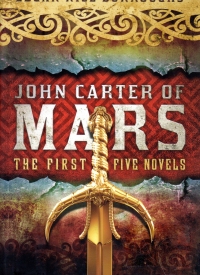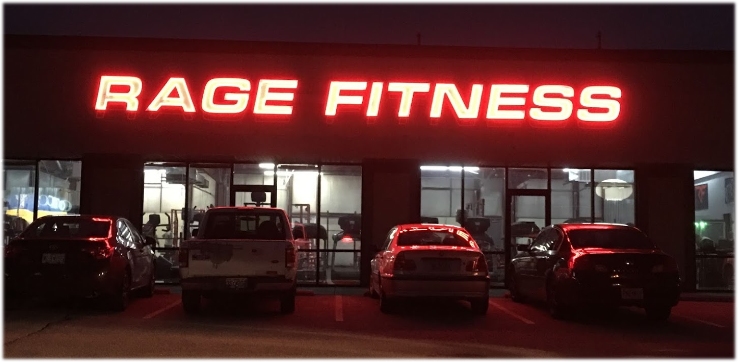 As I mentioned, I picked up this book last week in Hot Springs, Arkansas. The books are all jumbled together on the discount shelves/carts, so I did not realize this was a young adult book until I looked at the back flap and the book’s publisher URL is a youth imprint.
As I mentioned, I picked up this book last week in Hot Springs, Arkansas. The books are all jumbled together on the discount shelves/carts, so I did not realize this was a young adult book until I looked at the back flap and the book’s publisher URL is a youth imprint.
I did look at the front flap before I bought it, and the content there didn’t indicate it was for young people. The author, at all of 25 years old, determines he has never had a girl friend, so he’s going to go back and talk to girls he was interested in from middle school through college and see why they were not interested in him. As a fellow who was also a little thin on the girlfriend department in my youth, I thought it might be an interesting read.
The flap alludes to it obliquely, but the author has only one leg. In the text of the book, he’s very upfront about it, telling the story of his bout with cancer at age 9 and losing a leg from the hip down. I bring it up here not because I want to diminish the author in any way–hey, my best friend lost an eye to an aggressive cancer in his early adulthood before later succombing to a recurrence when he was in his 40s, so I know cancer sucks and it leaves challenges for its survivors–but because it was a bit of a surprise in the book (since I didn’t read the back flap and did not know the author’s story) and, sadly, because early on in the book, I thought that it could easily explain his difficulties in finding girlfriends. I mean, kids and young people and older people can be shallow and not see beyond that. But.
As he starts recounting his youth, and the girls he met and was interested in, it became clear it wasn’t they were nice girls who weren’t (at least in the recounting) put off by his disability. He spends a lot of time with some of them, getting pretty close as friends, but never really becoming girlfriend/boyfriend. As such, I looked past his disability and thought that it was because he was unsure of himself and inexperienced with girls, a bit of a ditherer when it comes to making a move on girls who might be interested in it. So I understood. My problem, in addition to being unsure of myself, was that I would focus on inattainable girls so much that I’d not see other girls who were interested in me.
At any rate, I was very sympatico with the author’s story until toward the very end. He has reached out to these young ladies, and they told him years later that they were actually interested in him back then, and the author breaks down and says that he never got the nerve to press the issue because he was unsure of himself because of his disability.
I don’t know–I certainly didn’t have that disability, and I’m sure a number of young people today who might read the book only have their own uncertainties and insecurities to deal with. Somehow, circling back to it at the end of the book kinda weakened the message, which I assume is that everyone has self-doubt in relating to others, especially girls. However, if you’re lacking in self-confidence to go talk to that pretty girl who is really nice, finding someone else worse off than you are also has a problem with being unsure of one’s self, it might not boost your confidence.
I dunno. I think it could have been a better message without the last bit focusing again on the loss of the author’s leg.
So it was very readable (it is addressed at young adults, after all), and it’s chock full of hand-drawn humorous (that is, not statistically or scientifically supported) graphs –the influence of modern children’s books like Diary of a Wimpy Kid on the canon, no doubt. I liked it, but not as much as I might have.
Jeez, I feel like I’m picking on the author for his missing leg, but I hope it doesn’t come across quite like that. I’m trying to discuss it dispassionately as part of the book, but I’m never sure how this sort of thing comes across. Which is another thing that kept me from really wowing the ladies: I have a tendency to come across as a jerk when I’m not intending to be offensive.







 After reading
After reading  Earlier this year, Friar called John Norman’s work
Earlier this year, Friar called John Norman’s work 

 This book is a scientifically funny book. You can take a look at it, and you can see the satire within it and the quips and the proven turns-from-reality that make for humor.
This book is a scientifically funny book. You can take a look at it, and you can see the satire within it and the quips and the proven turns-from-reality that make for humor.
 This book was in the Bookmarx philosophy section, and I didn’t know why when I started. I bought it because I’ve been reading some philosophical material of late, and this book is pretty thin, so it would be (I hoped) a quick read in that line.
This book was in the Bookmarx philosophy section, and I didn’t know why when I started. I bought it because I’ve been reading some philosophical material of late, and this book is pretty thin, so it would be (I hoped) a quick read in that line.



 As I mentioned, I picked up this book
As I mentioned, I picked up this book